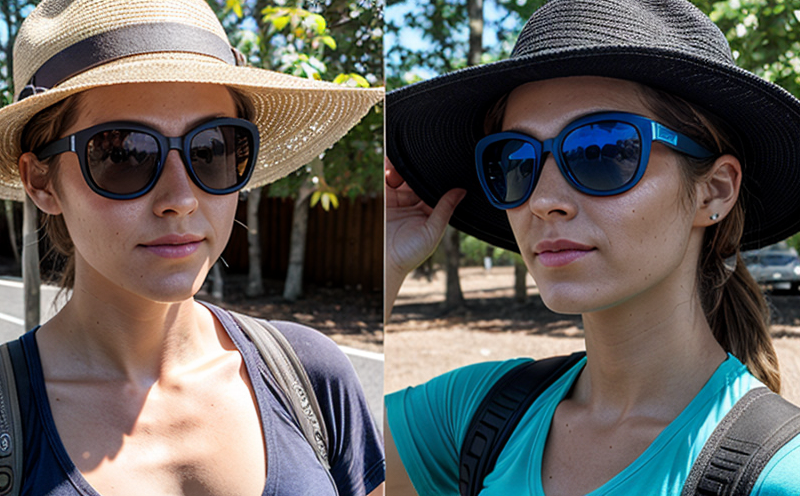Performance testing of geotextiles exposed to solar radiation
The performance testing of geotextiles under exposure to solar radiation is a critical aspect in the development and quality assurance of materials intended for use in environments where they are subjected to prolonged sunlight. This service specifically examines how geotextiles maintain their structural integrity, UV resistance, and light transmission properties when exposed to ultraviolet (UV) radiation over time.
Geotextiles are a versatile class of synthetic fabrics used in civil engineering applications such as soil reinforcement, filtration, drainage, and waterproofing. In these applications, exposure to solar radiation can degrade the physical properties of geotextiles, leading to reduced durability and functionality. Therefore, it is essential to test their performance under realistic conditions that simulate real-world environmental factors.
Our testing service focuses on evaluating the following key parameters:
- UV Resistance: Assessing the ability of geotextiles to withstand UV radiation without significant degradation of color, strength, or other physical properties.
- Light Transmission: Measuring how much light passes through the fabric, which is crucial for applications where light transmission is a critical factor.
- Color Fastness: Evaluating changes in color due to UV exposure, ensuring that the geotextile retains its appearance over time.
- Mechanical Properties: Determining how well the fabric holds up under stress and strain during prolonged exposure to sunlight.
- Water Resistance: Ensuring that the geotextile maintains its water resistance properties even after extensive UV exposure.
The testing process involves exposing samples of geotextiles to controlled environmental conditions that simulate real-world solar radiation. This includes using a xenon arc lamp, which provides an accurate simulation of sunlight, including both visible light and harmful ultraviolet rays. Samples are placed in the chamber for extended periods, often several months, depending on the required test duration.
After exposure, the samples undergo detailed analysis to quantify any changes in their properties. This may include tensile strength tests, colorfastness evaluations, and other relevant mechanical and optical assessments. The results provide valuable insights into the durability of geotextiles under solar radiation conditions, helping manufacturers improve product quality and extend the lifespan of materials used in construction projects.
Scope and Methodology:
| Parameter | Description |
|---|---|
| Test Environment | Controlled chamber with xenon arc lamp simulating solar radiation. |
| Duration of Exposure | Varies based on the specific requirements, typically several months. |
| Sample Preparation | Clean and conditioned samples are cut into standard test pieces. |
| Data Collection | Including mechanical properties, color changes, light transmission measurements. |
Use Cases and Application Examples:
| Application | Description |
|---|---|
| Road Construction | Geotextiles used to reinforce layers of asphalt or concrete, ensuring stability and durability. |
| River Bank Protection | Fabricating geotextile mats for erosion control along riverbanks. |
| Slope Stabilization | Using geotextiles to stabilize soil on steep slopes in construction projects. |
| Airfield Construction | Installing geotextiles under airfield pavements to improve load distribution and reduce settlement. |
The testing of geotextiles for UV resistance is not only beneficial for the durability but also crucial for environmental sustainability. The degradation of geotextiles due to solar radiation can lead to increased maintenance costs and potential ecological damage if the material leaches into the surrounding environment.
Environmental and Sustainability Contributions:
- Reduction in Waste: By ensuring that geotextiles maintain their integrity over a longer period, this service helps reduce waste associated with premature failure of materials.
- Eco-friendly Solutions: Promoting the use of durable and sustainable products reduces the need for frequent replacements, thereby minimizing environmental impact.
- Resource Efficiency: By extending the life span of geotextiles, this service contributes to more efficient resource utilization in construction projects.





